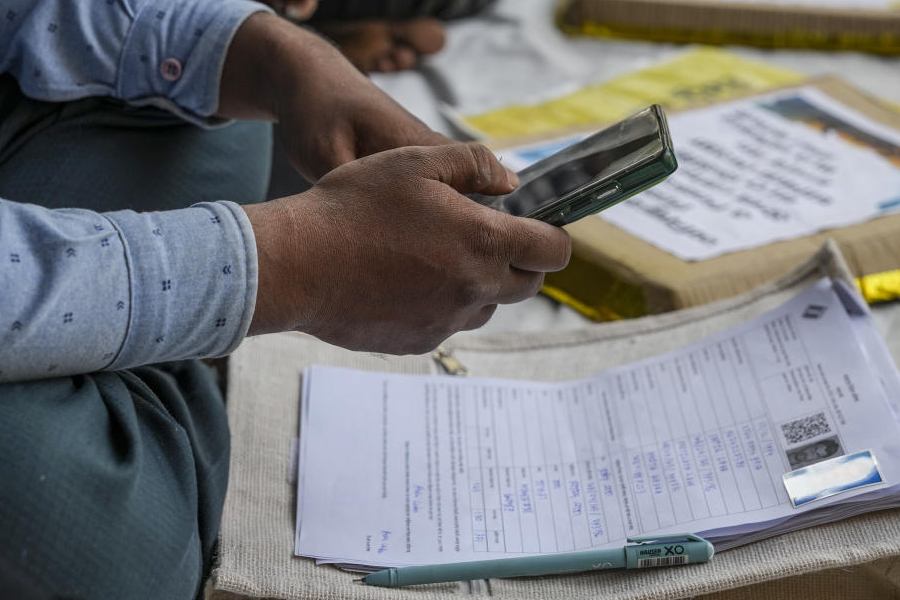The concept of foul, warning or expulsion has been present in football, a body-contact game, from the beginning. The showing of cards was first introduced during the 1970 FIFA World Cup in Mexico. Credit goes to the English referee, Ken Aston, for devising the card rules in football after being inspired by the traffic light system.
The rules regarding cards are evolving under the aegis of FIFA. For example, in the English Premier League, 5 or 10 or 15 yellow cards in the first 19 or 32 or 38 matches can yield a ban for 1 or 2 or 3 matches, respectively. A red card not only results in immediate expulsion but it can also draw a minimum of 1 and a maximum of 3-match suspensions. The number of teams being less, the Indian Super League mandates a 1-match suspension for every 4 yellow cards; for a red card, a player may get suspended up to 6 matches depending on the nature of rule violation. For knockout tournaments where the number of matches is less, such as the World Cup, the intent remains the same — penalise indiscipline or rule violation.
These dreaded cards can put a team in a spot of bother with reduced manpower due to a red or a constrained player due to a yellow. These are well-known facts. But a recent exploratory study has revealed some novel implications of cards. Statistical analysis of EPL (Season 2023-24) has shown that the overall goal difference (GD) and the total number of cards seen by a team are the two best estimators of team performance beating other parameters like the number of players, average age, possession percentage, number of penalties awarded, number of shots taken, number of corners earned and so on. In fact, this formula for the EPL performed well in predicting the same in the other top four European leagues — La Liga, Bundesliga, Serie A and Ligue 1. Furthermore, when cluster analysis was conducted on 20 EPL teams with respect to GD and cards, it revealed that top performers like Liverpool and Arsenal have very high GD and low cards; second-tier teams like Chelsea and Newcastle exhibited a high GD and very high cards; for the third tier, both GD and cards were moderate; and the bottom-most tier has low GD and a high number of cards. Interestingly, teams from the other four leagues exhibited a similar pattern. The findings make it evident that there should be greater introspection on the impact of cards on teams.
Ironically, cards get a scant mention in a match report unless they create a major crisis (the Liverpool manager, Arne Slot, acknowledged red cards being the reason for his team and Arsenal losing points during the first half of EPL 2024-25) or a catastrophe (the red-card offence committed by France’s Zinedine Zidane when he headbutted Italy’s Marco Materazzi during the 2006 World Cup final). While the volume of data collected for each game has improved, it is still hard to find an analysis of the role of cards affecting team performance in a game. At the halfway stage of EPL 2024-25, the number of yellow and red cards per match was 4.69 and 0.15, compared to 4.24 and 0.15, respectively, during EPL 2023-24. While this was easily calculated, only a painstaking analysis revealed that after seeing a red card, 60% of teams conceded at least a goal and 25% faced even more severe consequences and conceded two goals during the 189 completed matches in the first half of EPL 2024-25.
Many players see a yellow card for soft reasons like taking off the jersey, showing dissent, time-wasting and so on. Similarly, players sometimes see red cards for reasons that are avoidable, such as spitting or even stopping the ball with the hand to
prevent it from going inside the goal. Nonetheless, a Pareto analysis of the causes should be available for each game.
Discipline and obedience should be inculcated into each player right from their formative stage. With so many minds at play these days, from video analysts to psychologists, any mental frailty or behavioural volatility will soon get exposed. Disciplinary action or financial penalty may not suffice in getting rid of the vice of violations.
Subhasis Ray is a management consultant and teaches business analytics at IISWBM










